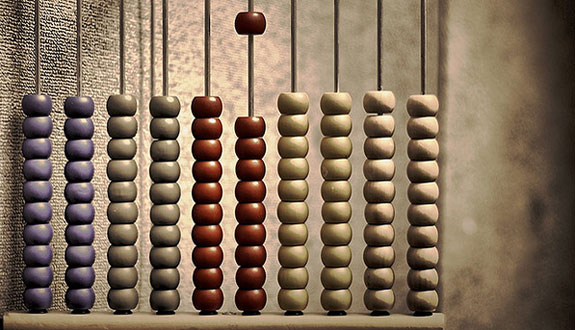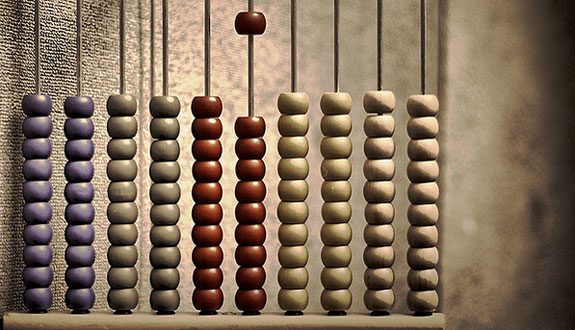LSAT numbers tick up. Will applications follow?
- by
- Feb 02, 2017
- LSAT
- Reviewed by: Matt Riley


The number of LSAT takers took a nosedive in 2010, and continued to slide through 2015. While still far off their 2009 high, the number has definitely stabilized — also known as “hitting rock bottom” in famous musician parlance. The 2015-2016 LSAT year (June ’15, Sept/Oct ’15, Dec ’15, February ’16) saw year-over-year increases averaging a little less than 5%. 2016-2017 started off flat, with June drop of about 1% and a Sept/Oct jump of about 1%.
So are we at equilibrium?
Maybe not. There’s some evidence that demand for the LSAT (yes, there is such a thing, even though you hate it with every fiber of your being) is ticking up again. There was a 7.6% increase year-over-year for the December 2016 exam.
But don’t read too much into this yet. The Sept/Oct LSAT was pretty early this past year, September 24th to be precise. It can be as late as two weeks after that some years. This is a roundabout way of saying that the uptick in December might have just been a delay in test takers who would’ve taken the Sept/Oct exam in a normal year. In other words, more of a shift than an increase. But there’s no arguing that, taking Sept/Oct ’16 and December ’16 together, there was an increase.
While this issue is of primary importance to Blueprint and other (lame) LSAT prep services, it probably only matters to you insofar as it affects your ability to get into law school. And what affects your ability? Figuring out how much competition you have.
Given the latest data from the American Bar Association, applications to ABA approved schools rose about 1% from applications for Fall ’15 to those for Fall ’16. Pretty bland. If the increase this year is the same, then it will still be a historically good time to apply for law school as competition is still low. If the application numbers rise concomitant with this most recent 7.5% uptick in LSAT applications, then that’s a different story. Unfortunately, we won’t know that until the numbers are in for Fall ’17 applications.
It’s possible, although unlikely, that the uptick in LSAT takers is a function of the same people taking the LSAT more times than people used to. There’s also the question of how serious these people are about law school. Plenty of people take the LSAT and then don’t apply to law school whether it’s because they were dismayed at their score, realized that law school is expensive, won the lottery, died — whatever. Any shift in commitment to law school from test takers might make a difference. When the economy was cratering in 2008-2009, people were as serious as cancer about getting into law school for a three year reprieve from the hellscape that was American commerce. Now, maybe not so much.
What you should take from this is that there are a lot of moving parts in estimating the size of your competition. But, at the end of the day, if you’re set on going to law school, the only competition that matters is you. Put your head down, rock the February exam, and that sweet lawyer paycheck will be yours in a little over three years.
Search the Blog

Free LSAT Practice Account
Sign up for a free Blueprint LSAT account and get access to a free trial of the Self-Paced Course and a free practice LSAT with a detailed score report, mind-blowing analytics, and explanatory videos.
Learn More
Popular Posts
-
logic games Game Over: LSAC Says Farewell to Logic Games
-
General LSAT Advice How to Get a 180 on the LSAT
-
Entertainment Revisiting Elle's LSAT Journey from Legally Blonde








